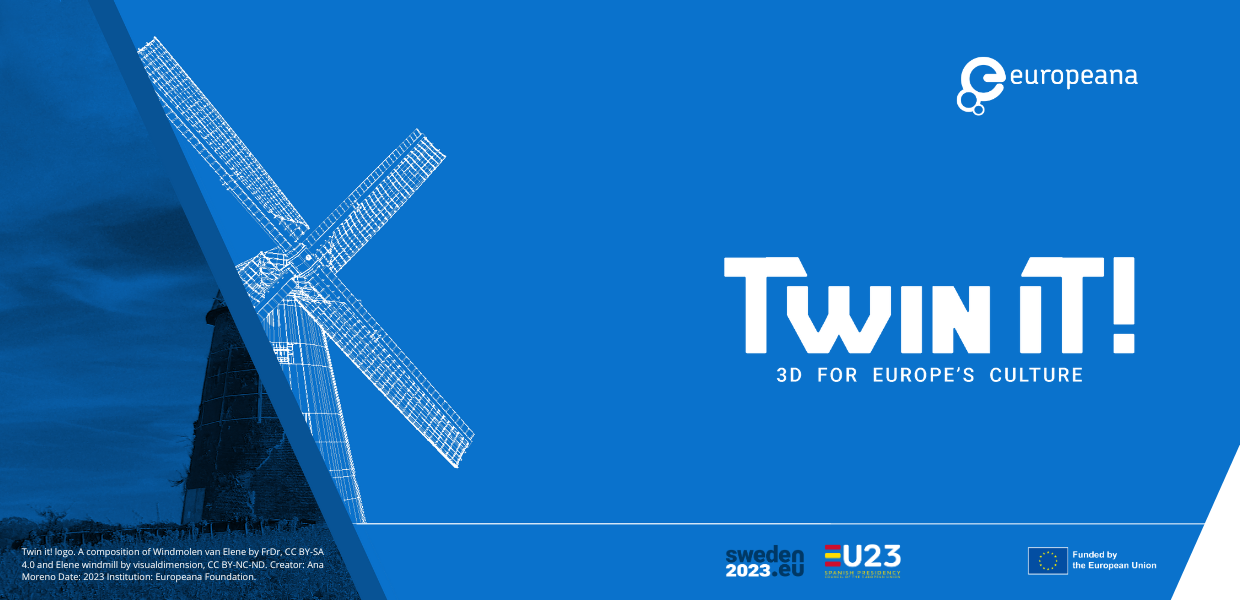Austria's contribution to the Twin it! campaign
Located near Vienna in the historic site of Carnuntum, the nearly 2,000-year-old Heidentor is a major cultural monument well-known beyond the country's borders; since 2021, the Danube Limes (where the monument is located) has been recognised as Austria's 12th UNESCO World Heritage site, reflecting its significance within the ancient Roman Empire.
The Heidentor was selected for 3D digitisation as part of Austria’s contribution to the Twin it! campaign, a project run by the State Collections of Lower Austria, supported by Kulturpool. The digitisation of the Heidentor makes one detailed digital 3D model of the currently visible structure available. It is complemented by additional 3D models that depict reconstructions of the Heidentor from various historical periods.
The Heidentor from the ancient world to the present
The Heidentor is one of the few Roman monuments in Austria that has been continuously visible for nearly 2,000 years. Many speculations about the builders and the function of the structure abound and have not yet been fully clarified to this day. Its proximity to the ancient city of Carnuntum, an important legionary camp along the Danube Limes and the capital of the Roman province of Upper Pannonia, further enhances its historical significance.
Huge stone robberies in the 15th and 16th centuries significantly shaped the current appearance of the Heidentor. Square stone blocks were particularly desired material and were blasted out using black powder, reducing the two last pillars to the inner core of cast masonry.
The monument’s appearance was then mainly shaped by renovation works in 1907. After further restorations on the surface of the pillars in 1957, the Heidentor was last extensively examined from 1998 to 2001 and preserved according to international standards of monument care. Find out more about the history of the Heidentor.


